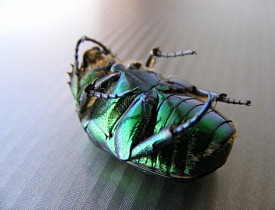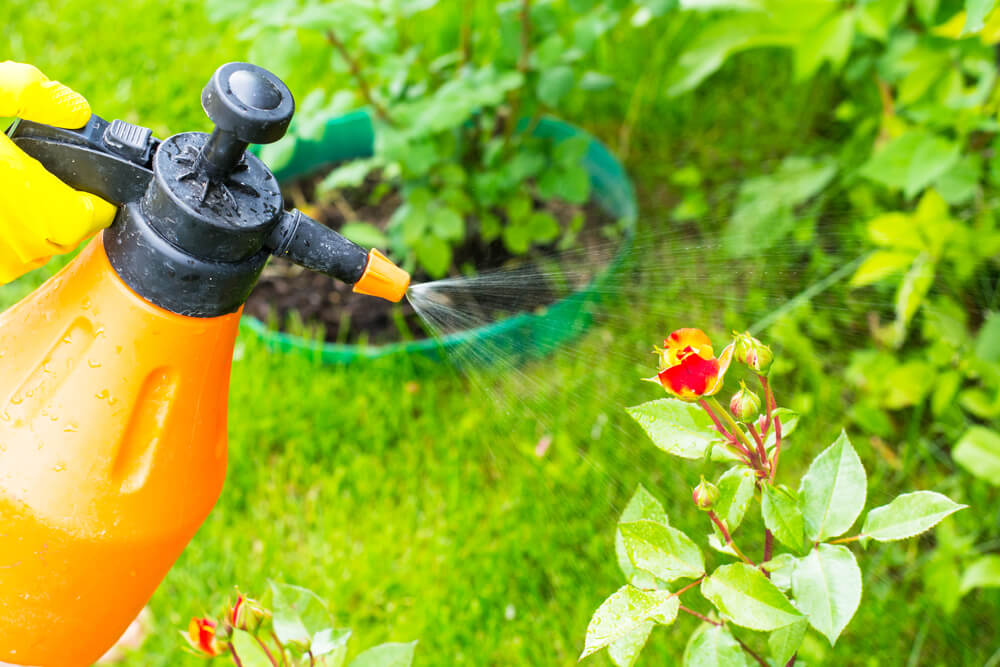Pest Control
ANTS
There are many species of ant, but in total ants are the #1 pest problem not just in Connecticut but in the country. Treating them can be difficult. Most do-it-yourself remedies simply kill the ants you see, not addressing the root of the problem: the nest.
Ants can cause a variety of problems in Connecticut, depending on the kind that is bothering you. Some will chew and burrow through your home like carpenter ants, weakening your foundation like termites. Others can spread disease as they invade your kitchen and cabinets.
BED BUGS
Bed bugs are a re-surging problem in the United States, including in Connecticut. Once thought to be all but eradicated, bed bugs are back with a vengeance. Despite popular belief, it doesn’t take a dirty or unkempt home to come down with these nasty bloodsuckers. Bed bugs will hitch a ride home with you from a hotel, movie theater, or even a restaurant.
If untreated, a few bed bugs can quickly turn into a full-scale infestation, overcoming every room in your house.
TERMITES
Termites will literally eat you out of your home if left untreated. They can turn once solid wood into Swiss cheese. The tricky thing about termites is it can take a long period of time before they are noticed, at which point the substantial damage has already been done.
COCKROACHES
Cockroaches are more than unsightly, they are unsanitary and spread disease. Unfortunately, cockroaches are not an uncommon pest in Connecticut. And there is never just a single cockroach – there are always many more lurking behind walls and in cracks and crevices.
MICE & RATS
Mice & rats are a common problem in Connecticut and can be a real nuisance once you’ve got them. These rodents chew or burrow their way into homes, apartments, and businesses seeking food and shelter. Often a rodent problem develops when a neighbor has a problem and either treats it, driving the rodents into adjacent buildings, or lets it linger so long the rodents expand their hunting grounds seeking more food.

What Kind of Pesticide is Your Exterminator Using?
A reputable exterminator should list the active ingredients in their pesticides. Your local exterminator also should tell you the potential health threats associated with the pesticide, symptoms of poisoning, and any additional instructions for minimizing exposure and health impacts.
Here is some more information about each of the four most commonly used pesticide chemicals, as well as a couple of other pesticides that are growing in popularity
Pyrethroids and Pyrenthrins
Permethrin is the most common active ingredient in insecticides applied by licensed exterminators. It is one of a large class of chemical insecticides known as pyrethroids. They mimic pyrethrins, which are botanical insecticides typically derived from African chrysanthemum flower varieties. Both pyrethrins and pyrethroids work to paralyze and eventually kill a wide variety of insects.
Piperonyl Butoxide
MGK-264 and piperonyl butoxide are among several popular chemicals that are typically added to pyrethrins and other insecticide agents. The additives do not act alone as pesticides, but enhance the effectiveness of the other chemicals by inhibiting insect metabolism.
Hydramethylnon
Hydramethylnon is typically used in bait for ants, cockroaches, termites, crickets, and silverfish. It is a slow killer of insects, making them lethargic and slowly killing them over three or four days. While it may not be an instant solution, it has long-term impacts because insects are still alive to take the poison back to their colony.
PEST CONTROL
Pest Management Services
Pest Control offers a wide range of pest control services specialized to your situation in order to help maintain a pest-free zone. pest control technicians are thoroughly trained to identify the source of the pest problem including identifying which pest is causing the issue and recommend the best long-term solution for you or your business. always has the most current certifications to ensure the highest quality of service and create better results
Bed Bugs are a fast-growing problem. When signs or symptoms of bed bugs appear, it is essential that you call in a professional immediately to inspect the area of concern. carefully inspect common areas in which bed bugs make their nesting grounds such as box springs, mattresses, head boards and nightstands. In addition, will inspect areas such as baseboards, outlets and additional furniture in the room. After the inspection has been completed, a detailed report will be provided by the pest management professional and if activity is found, further arrangements for treatment can be scheduled immediately.
Rodents can be tough to get rid of and can cost residents and business owner’s a tremendous amount of time and money in damages. The best option when there are any signs of rodent activity is to call for an inspection. A professional will be able to locate access points in which rodents may be entering, identify the type of rodents you are dealing with, and inform you on the best way to proceed with removing the problem.
The German Cockroach is a common household insect within the United States. German Cockroaches are light brown to tan and have fully developed wings. They usually infest in kitchens and bathrooms but will live anywhere there is food and water. They enter your home by being transported by infested bags and cardboard boxes. German Cockroaches may also be harbouring in used appliances such as refrigerators, toasters and microwaves.
Three types of ants that can be causing an infestation to your home is the Allegheny Mound Ant, Carpenter Ant and Pharaoh Ant. The colony of the Allegheny Mound Ants become active in the spring. Foraging for food begins and they hibernate in the tunnelways of a mound below the soil surface. Workers attack and dismember other insects that the ants can overcome.
Pest Control Marketing Tips and Tricks
We’re all familiar with the tell-tale signs. First, you hear little feet scurrying around on the floor. Next, there’s a faint squeaking sound coming from inside your walls. Then, finally, you see it.
It’s at this time—when the prospect is desperate for help of any kind—that pest control businesses need their advertisements to stand out. Without a doubt, a consumer looking for services of this kind wants help as quickly as possible. That means advertisers need to earn top sponsored positions and craft some truly attention-grabbing ads.
Like we said—when your prospects are hurriedly hunting for a fast solution, getting the top ad position on the search engine results page (SERP) is absolutely crucial. To do this, you need to know the basics of the Google ad auction. Two key factors affect where you end up in the paid results: maximum cost per click (CPC) bid and Quality Score.
Quality Score is a little more complex. It’s basically Google’s metric for the relevance of your ad, and two things are important: click-through rate (CTR) and landing page quality. The higher your CTR and the better your landing pages, the greater your Quality Score.
Here’s the coolest part of the auction: advertisers with the best Quality Scores are rewarded with lower CPCs. So, boosting your CTR and optimizing your landing pages will drive more leads to your website and save you money.

Organic Pest Control for the Garden
You put in all this effort getting your garden to finally sprout. Then you go outside one day and all of your plants are chewed to the ground. Sometimes it’s so extensive that it looks like you never had any flowers in that bed at all. But rather than running out and buying the harshest pest control on the market, there’s a gentler way. Try using organic pest control.
The EPA has a laundry list of major types of symptoms when exposed to pesticides, including increased risk of cancer, headaches, nausea and muscular weakness, to name just a few. In fact, the EPA recommends you use non-chemical methods of pest control where possible. So below we’ll cover different ideas for organic pest control in the garden.
These options for organic pest control tend to be low for expense and time investment, as well. For instance, you can buy organic deer repellant sprays for around $15 a bottle or some methods require items you may already have around the home.
Organic Methods Using Applied Products
Purchasing your organic pest control can be as simple as buying a safer, more natural product instead of a chemical-laden one
Some ideas include the following:
Many biopesticides use safe, naturally occurring protozoa, bacteria and fungi to keep out unwanted species.
Botanical insecticides are made from plants, as the name suggests. For instance, neem oil is a common all-natural insecticide, fungicide and miticide. You can find it in a concentrate for these purposes.
Low-toxicity fungicides also count as an organic method.
Organic scented sprays can repel pests, like deer repellant.
Irish Spring soap has a very strong smell that might repel certain pests. Hang bars of the soap from trees in mesh bags.